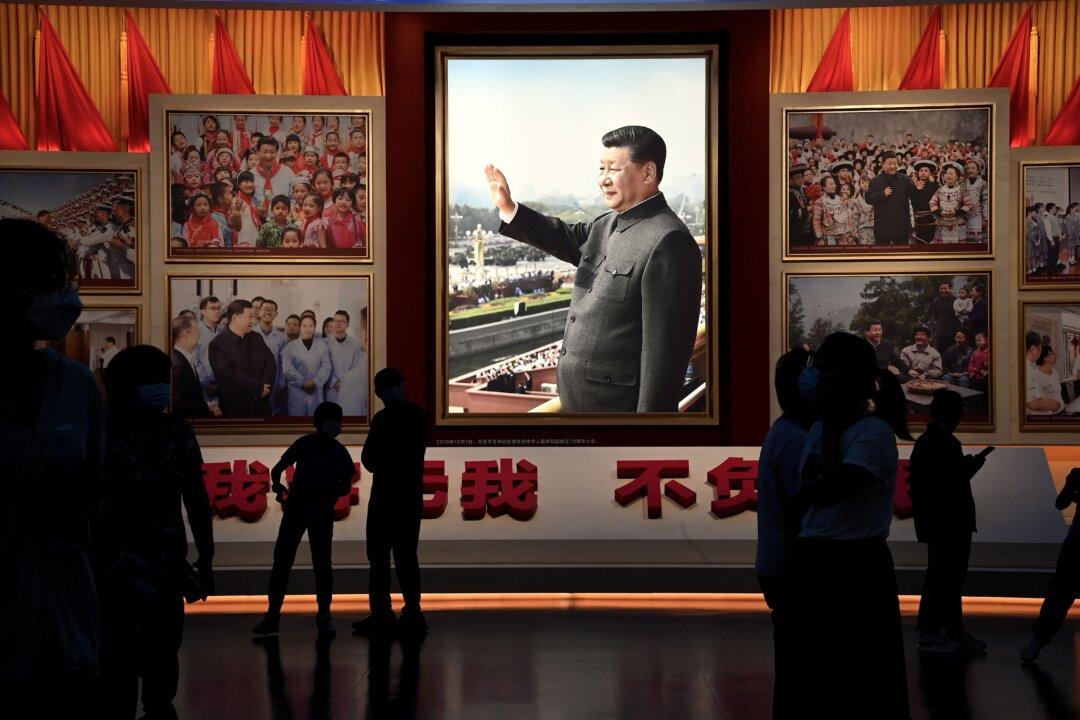Commentary
The Tasmanian state government in Australia recently passed legislation to ban Nazi salutes and symbols. That law is expected to come into effect later this year.

The Tasmanian state government in Australia recently passed legislation to ban Nazi salutes and symbols. That law is expected to come into effect later this year.